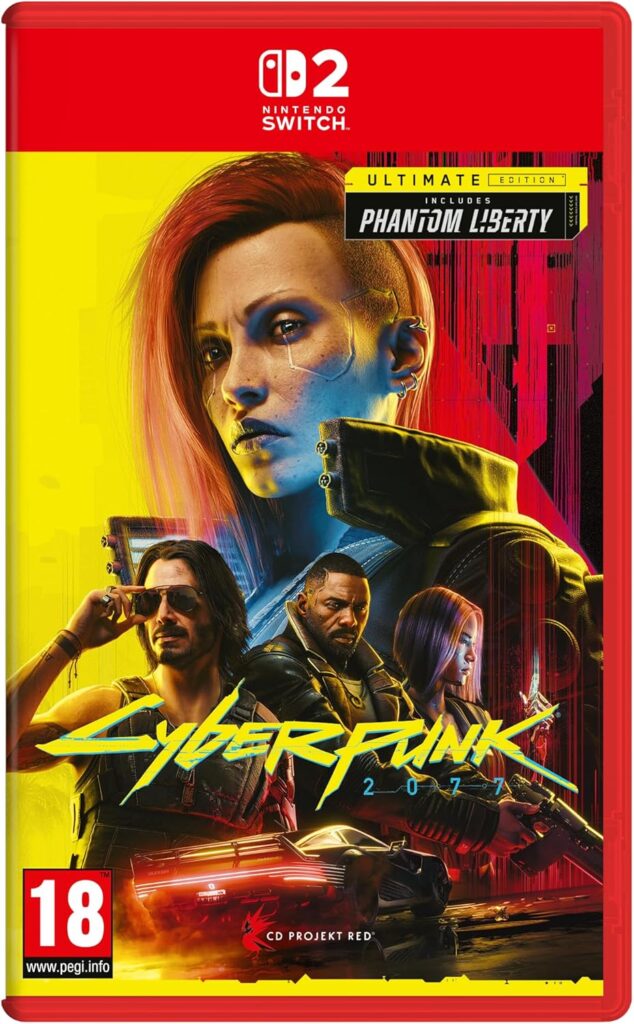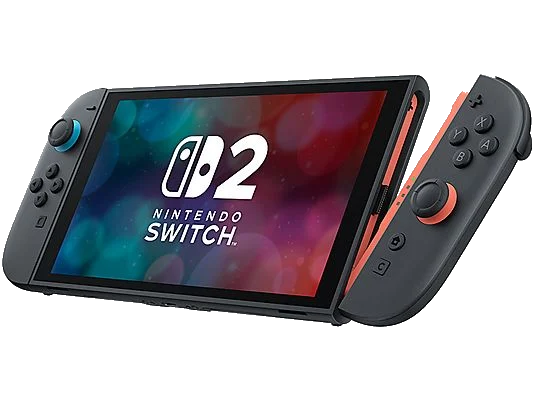Many people firmly believe that Cyberpunk 2077 is a highly immersive game that takes place in an incredibly fleshed-out simulation of a futuristic city called Night City.
I will make this short:
What breaks the immersion for me the most is that the NPCs (Non-Player Characters) in this game are absolutely brain-dead.
For example, just start a mission when Jackie (your NPC buddy in the beginning of this game) is in the car with you and then start shooting at someone – Jackie won’t even notice any of it or react to the shooting at all, he will just continue with his mission-related dialog, even when the entire NCPD (Night City Police Department) and a bunch of street gangs are after you.
Another example is the boxing coach in the building where you have your apartment in the beginning of the game. The moment the coach sees you, he begins a monologue inviting you for some training exercises – even when you’re shooting and throwing grenades at every person in the vicinity.
I call this random shooting at people the “psycho-test” and the idea is to find out how the game responds to the player acting insane – if it reacts at all. Obviously, Cyberpunk 2077 fails this test on almost all possible levels.
There is an option to talk to any random NPC in this game. But no NPC in this city has anything to say or will even react to you when you are trying to talk to them. Compare this with the 20 years old game The Elder Scrolls IV: Oblivion. Everybody in Oblivion has something to say. NPCs even engage in random conversations on the streets with each other for you to overhear. And again: Oblivion is now 20 years old and in this regard still far more advanced and sophisticated than Cyberpunk 2077.
The city itself is not interactive at all, there literally is nothing to do outside of a story quest. Not even the tiny things: Buy food at one of those hot-dog stands? Buy a coffee in one of those diners and talk to the waiter or waitress? Forget about it.
Night City is basically just an empty, lifeless and soulless facade. It feels like a version of Lego City from Lego City Undercover from the year 2013 with some adult paint on it – only that Lego City Undercover is at least a funny game with a lot of humor (of which a lot might only work for adults that know all the movies that are being made fun of) and it actually works and delivers on everything that was advertised.
Cyberpunk 2077 still is nothing of what they advertised back in the day – it was supposed to be a city where you can live a life and all of your choices matter and have a direct impact on the world and the story. As it turns out, your choices have zero impact on the story because everything is on rails, there is no life to live outside the confines of the game’s story and on top of it all, the game is still buggy like hell.
There are still game breaking bugs that were in the game right from the beginning, like for example V (the character that you play in this game) all of a sudden not leaving “crouch mode” anymore, which means that the player’s character gets stuck in a ducked, slow moving body position for the entire rest of the game. Or an even that is not being triggered right in the very first mission that you play in the game that prevents the ambulance from arriving and thus preventing the quest to finish and the story to continue.
There are also more harmless but curious and still immersion-breaking bugs and continuity issues in the game. For example in the very beginning, when you drive to the farmhouse where you meet Jackie for the first time, your car will all of a sudden magically face into the opposite direction towards the street although you parked it with the front pointing towards the house – and this 180° turn (invisibly and noiseless) happens while you’re standing in the open door of the farmhouse with your back to the car and the car is parked directly behind you. It’s amazing that after all those years either still nobody from the game’s QA department has caught this – or worse, that they didn’t care about such a continuity detail at all.
tl;dr
I find it mind-blowing that people really still hype this game so much.

The only thing that this game does really well is being a tech demo for the Switch 2 – if a monstrosity like Cyberpunk 2077 can run on the Switch 2, literally everything else can run on that console, too.



